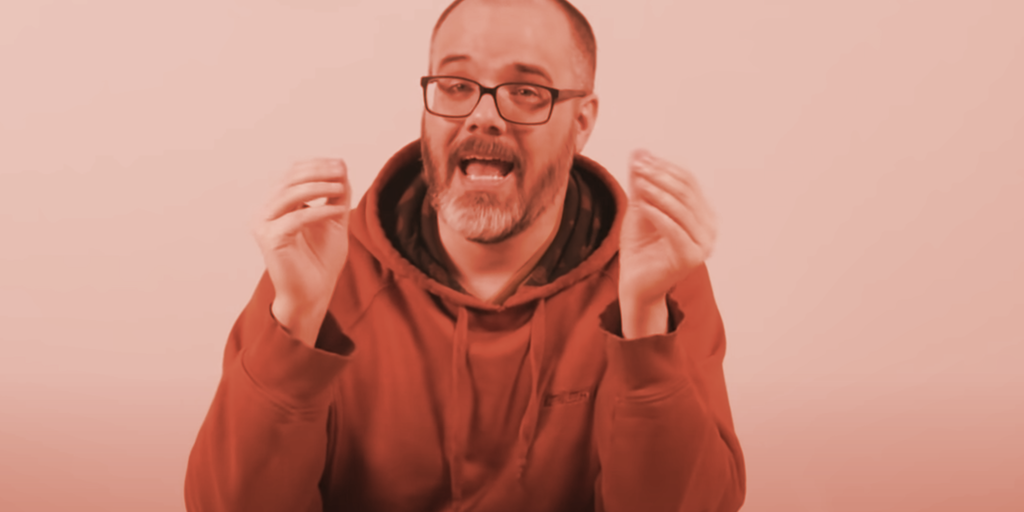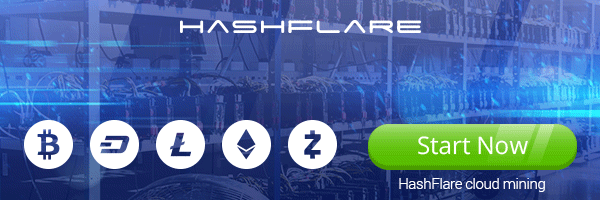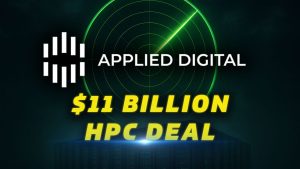We Watched the Viral ‘Problem With NFTs’ Video So You Don’t Have To
4 years ago CryptoExpert
On January 21, the YouTube channel Folding Ideas, created by Dan Olson, posted a video titled “Line Goes Up—The Problem with NFTs.” The video is well over two hours long and criticizes cryptocurrency and NFTs. It’s since gone viral, with nearly 4 million views and 232,000 likes.
Here’s a roundup of the video’s key points relating to NFTs, which are unique tokens that exist on a blockchain like Ethereum. NFTs prove one’s ownership over a digital asset such as an image or a video.
In his video, Olson argues that blockchain technologies are “poorly designed or deliberately obtuse in order to make them difficult to understand and thus appear more legitimate.” He believes blockchain technology is unnecessary and thus should not be adopted because the current financial system for transactions does what crypto does better, faster, and more efficiently.
The essence of Olson’s argument is that NFTs have no real value, despite many of them selling for hundreds of thousands or even millions of dollars.
Regardless of Olson’s opinion of NFTs, the market exploded last year. 28.6 million wallets traded nearly $25 billion of NFTs in 2021 alone across 10 different blockchains. This is a more than 5,000% spike in total wallets compared to the 545,000 wallets that traded NFTs in 2020.
Olson, however, believes that the NFT economy is essentially a bunch of people convincing others that something that doesn’t have value actually does, resulting in artificial price inflation. He sees this as potentially harmful to more than just a few people overpaying for token, arguing that in the future early NFT adopters will have the power to “do the oppressing” by selectively allowing or banning people from metaverse environments based on the NFTs they hold, for example.
When it comes to the tokens themselves, Olson states that “claims of digital scarcity only apply to the token itself, not the thing the token signifies” because images must be downloaded and copied in order to be displayed in most cases. The images connected to NFT tokens could be replaced—nothing is cryptographically binding the two together permanently.
He holds similar skepticism of the people behind the tokens. Some NFT projects sell owners on the promise of an ambitious roadmap with lofty goals that may never be achieved; there is often little accountability. These projects claim to be valuable because of their “symbols,” “memes,” and “community,” but Olson argues it’s not worth the high price of many NFTs.
Olson also spares no expense when it comes to attacking the NFT community, which regularly rallies around thousands of projects across Discord servers and Twitter Spaces. In his view, the NFT community has a culture of “toxic positivity,” where those who try to critique or provide constructive feedback on a project are shamed and silenced. Critiques of NFT projects—whether valid or not—are labeled as “FUD” and immediately discarded in Olson’s view.
In a follow-up tweet to a response to his video, Olson complains about the amount of bots that spam various NFT projects on Twitter and Discord, writing, “I haven’t felt the need to reply to much of anything because the crypto ecosystem’s reality speaks for itself.”
While scams and spam are a persistent and valid problem, it isn’t exactly one Web3 can solve in its current state. Many of the NFT scams and spam messages Olson speaks of are actually being disseminated on Web2 platforms, like Discord and Twitter. That being said, OpenSea—which blends Web2 and Web3 elements—has also had its fair share of problems lately, with the rampant spread of fake collections, dangerous NFT airdrops, and UI issues.
As NFTs continue to bleed into the mainstream and evolve, it’s inevitable that many will continue to criticize this billion-dollar industry.












